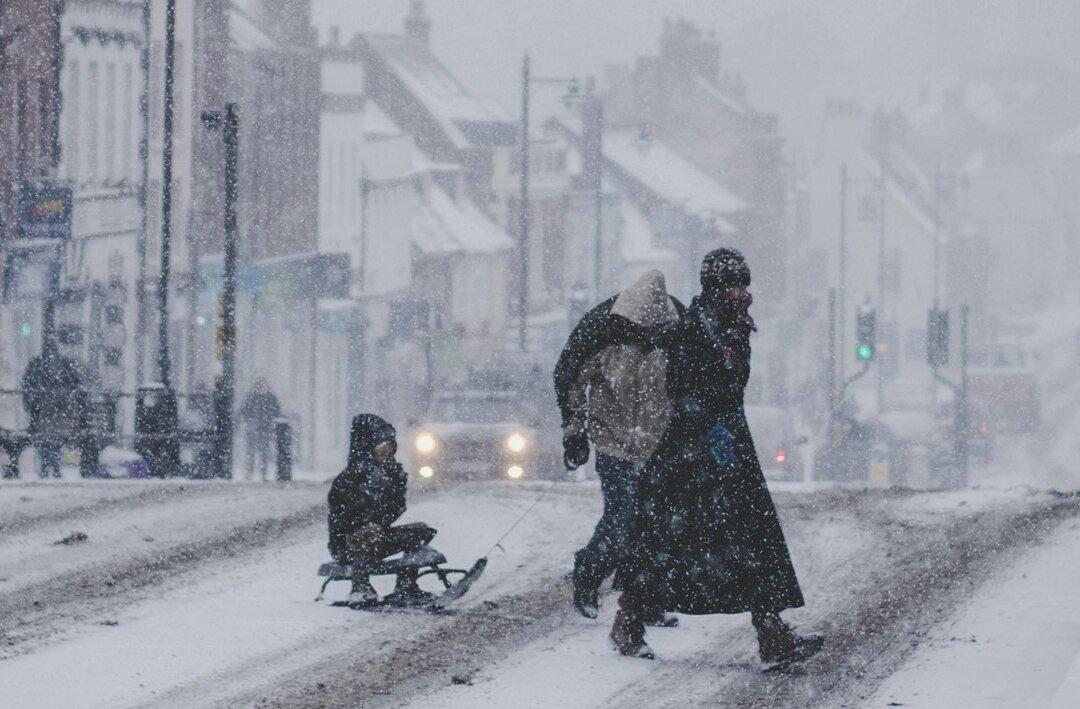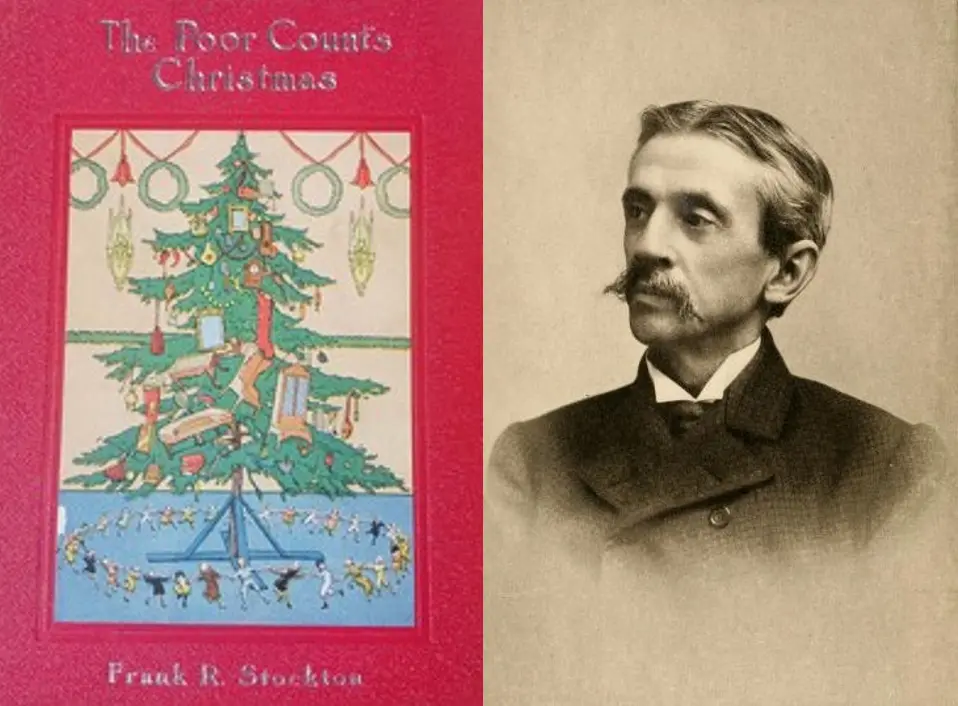In his short story, “Snowflakes,” Nathaniel Hawthorne writes a beautiful tribute to winter and all its wonders. He says that his best inspiration comes during wintertime. Despite the dreariness and fierce cold, he shows what beauty, inspiration, and joy can be found in winter, as well as the other seasons.
Hawthorne looks out his window and spies the coming snowstorm as it blows in. The first snowflakes fall, heralding the coming snow. These snowflakes portend that this storm will be “in good earnest a wintry storm.” These flakes do not melt when they eventually reach the ground, informing everyone that the snow will stick.






